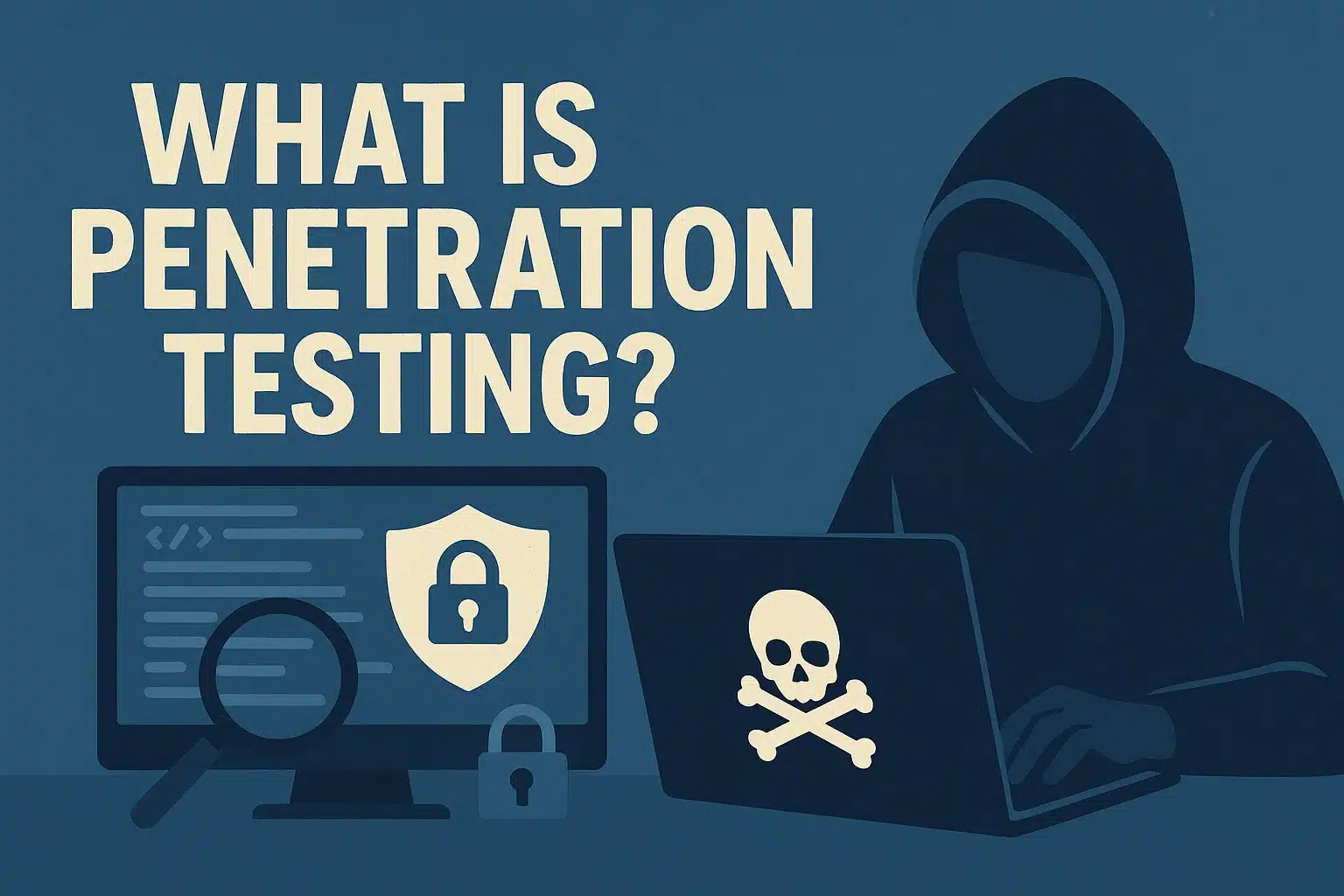The onset of COVID resulted in digitalization in the banking sector. Both front-end and back-end operations have now become digital. With all this growing technology, Cyber-attacks persistently increase, and attackers are actively looking for their victims for the malicious cyber-attacks on sensitive data of banking and financial systems.
This new digital workforce has pushed most of the banking sectors to go online, including video conferencing that has led to privacy issues and phishing attempts, including ransomware attacks.
Since banking sectors are depending on online banking, both mobile and web services tend to have a weak security system, due to which cyber security threats are becoming more prominent. Mostly, cybercriminals prefer to target the banking sector to get customer and employee information details and use them to steal bank data and money.
Before moving on to cyber security threats in the Indian banking sector, let’s see why cybersecurity is important in the Banking sector.
Why Is Cyber Security Important In Banking?
Here are five reasons why cybersecurity is important in the banking sector:
- Digital India has led to an increase in the usage of cashless transactions, digital money. In this context, taking all the security measures is important to protect the data and privacy.
- Data breaches are a serious problem in the banking sector. A weak cybersecurity system can cause their customer base to undergo cyber security threats.
- When a bank's data is breached, recovering from this data breach can be time-consuming and stressful. So enhancing the banking security system is a must!
- Suppose you lost your card, given a complaint against, and cards are canceled, yet your data is sensitive and could reveal a lot of information that could be used against you and do great harm.
- Banks need to be on their guard 24/7; if not, your data with the bank can be breached.
Now that we know the importance of Cyber Security, Let's understand What is Cyber Security and what a cyber attack is?
Embark on a journey to cybersecurity excellence! Join India's top-rated Cyber Security PG Program for a comprehensive learning experience. Enroll today for hands-on labs, key concepts, and capstone projects. Secure your future, enroll now!
Biggest Cyber Attacks in India
Various business sectors and geographical locations are the targeted customers for the cybercriminals to perform their cyberattacks technique. Some of the recent cyber security Threats are as follows:
1. Cosmos Bank Cyber Attack in Pune
- A recent cyberattack in India in 2018 took place in Cosmos bank when hackers siphoned off Rs. 94.42 crores. Below is the jist of cyberattacks represented by economic times.
- How did they do it? Hackers hacked into the bank’s ATM server and took all the card details and wiped off money from 28 countries and immediately withdrew the amount as soon as they were informed.
- Prevention: Hardening of the security systems can help authorized people can be the way forward.
Image Credits: The Economic Times
2. ATM System Hacked
- Canara Bank ATM servers were targeted in around mid-2018. According to sources, more than 300 user’s ATM details were hacked by attackers and wiped off 20 lakh rupees from various bank accounts.
- How did they do it? Hackers used skimming devices to steal information and stolen amounts of up to 20 lakh rupees.
- Prevention: Enhancement of the security features in ATMs can prevent any misuse of data.
3. UIDAI Aadhaar Software Hacked
- 1.1 billion Indian Aadhaar card details were leaked and this is one of the massive data breaches that happened in 2018.UIDAI released the official notification about this data breach and mentioned that around 210 Indian Government websites were hacked.
- Aadhaar Software Hacked: This data breach included Aadhar, PAN, bank account IFSC codes, and other personal information of the users and anonymous sellers were selling Aadhaar information for Rs. 500 over Whatsapp. Also, one could get an Aadhaar card printout for just Rs.300.
4. SIM Swap Scam
- Two hackers from Navi Mumbai fraudulently gained SIM card information and illegally transferred money from the bank accounts of rupees 4 crores in August 2018. They carried out transactions via online banking.
- Aforesaid stats and events of the latest cyber attacks in India are the wake-up call for all Financial sectors that are still vulnerable to cyber threats. Organizations need to implement cybersecurity measures and follow the below-mentioned security guidelines.
- Prevention: Not Sharing your personal information with unknown domains can help in minimizing the risk of having your personal information reaching people with malicious content.
Types of cyber threats:
- Large scale anti-fraud bypass: With the increase in the online transition, criminals are looking for ways to defeat anti-fraud safeguards, They try to replicate real fingerprints with existing ones stolen from someone else’s PC.
- ATM malware: This is an interesting piece of malware, detected in financial institutions in India and is programmed to cash out ATMs.
- Account-centric frauds: This is one of the common types of fraud, these frauds mainly concentrate on stealing and hacking sensitive details such as Account Number, Password, OTP, etc.
- Phishing: Phishing is a method to trick the victim into opening malicious links, leading to an installation of malware which then freezes the system. Phishing is often used to steal user data, including login credentials, etc.
- Identity theft: When a data breach occurs, the data of the customers are sold by cybercriminals to use in order to get credit information without his or their consent to borrow money and conduct purchase violations.
- Threat from employees: Unhappy or dissatisfied employees contribute to the large scale of the risk, by breaching the companies policies and causing security threats to the organizations.
- Ransomware: These ransomware attacks will mainly hit small banks as they lack IT resources, outdated security tech, and protocols on cybersecurity. To protect from this ransomware, banks must adopt protection layers throughout their networks which helps in acting as an obstacle to block malicious software attacks.
What should be done to reduce Cyber Security Threats in the Banking Sector?
- Assess Cloud Security: Review your cloud infrastructure often to ensure it’s up to date. Assess your cloud security’s current state, best practices, and compliance standards. To secure cloud platforms and infrastructure one can use multifactor authentication.
- Monitor Cloud Security: To automate the threat detection and protect against potential threats one can use a vulnerability management tool before they become a problem.
- Establish Strict Access Management Policies: Restrict your access to employees who really need this information, instead of giving access to part-time workers, contractors, etc. By providing permissions to employees who require it, you’re establishing Strict Access Management Policies to protect your organization from within.
- Increasing awareness among employees: Banks need to adopt a comprehensive training module to prepare their staff to handle cyber attacks.
- Disaster Recovery Plan: Having an alternate plan to protect the data, help you to minimize downtime after a disruption and avoid data loss. This can be applied only if you backup your data regularly.
- Encrypt Your Data: Cryptography is one of the methods to encrypt your data and ensures your most sensitive digital assets are always protected.
- Cybersecurity training: Cybersecurity training is a must for cybersecurity professionals to enhance their skills in relevant information and tests of their cyber-awareness by covering all aspects of data security and keeping them Up-to-date.
Conclusion:
While RBI and the Government are taking proactive steps to battle cyber-attacks, they are also evolving with newer technology trends like cryptocurrencies and blockchain. This gradually increases the need for cybersecurity as a part of the design architecture intending to detect the stemming attacks in real-time, rather than repairing the damage.
So, Interested in pursuing your career in cybersecurity? Then what are you waiting for? Enroll in our cybersecurity course in collaboration with Stanford University and become a Certified Cybersecurity expert.







